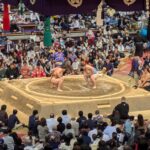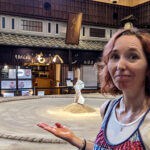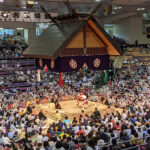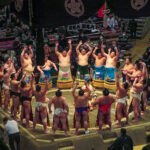As an enthusiastic reporter specialized in sumo, I am thrilled to take you on a journey into the heart of the techniques that define this ancient Japanese wrestling. Sumo wrestling, more than just a sport, is an expression of culture, respect, and physical and mental skill.
The Spirit of Sumo Wrestling
Before diving into the techniques, it’s essential to understand that sumo is more than the sum of its movements. It’s a martial art that encapsulates Japanese philosophy, where balance, respect, and perseverance play a crucial role. Every movement in the dohyo (sumo ring) carries centuries of tradition and meaning.
Basic Sumo Techniques
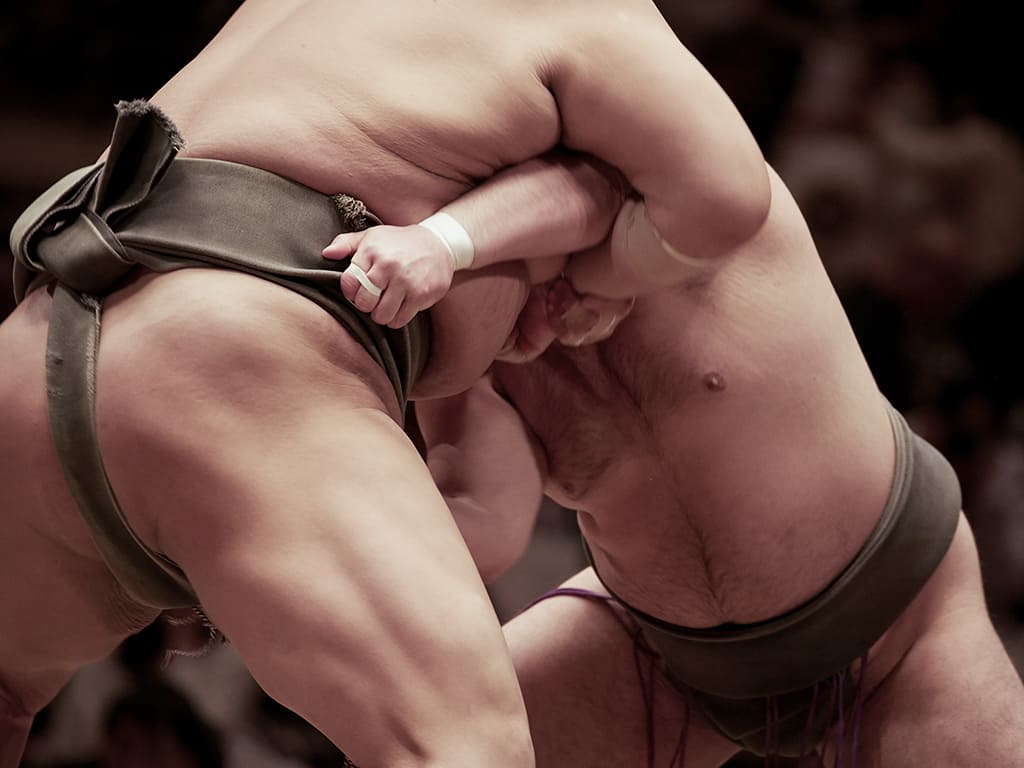
Sumo includes a wide variety of techniques, each with its own strategy and philosophy. Let’s explore some of the most fundamental ones:
- Yorikiri (Frontal Force Out): One of the most common and recognized techniques. The goal is to grab the opponent’s mawashi (belt) and push them out of the dohyo.
- Oshidashi (Front Push Out): Here, the rikishi (wrestler) seeks to push their opponent directly out of the ring without needing to grab the mawashi.
- Tsukiotoshi (Thrust Down): This is a technique of imbalance, where the wrestler pushes the opponent and knocks them down, generally taking advantage of a poorly executed move by their rival.
- Uwatenage (Overarm Throw): This technique is spectacular. It involves grabbing the mawashi or the body of the opponent and executing a powerful throw.
- Hatakikomi (Slap Down): A cunning technique, where the wrestler feints an attack and pulls the opponent down, taking advantage of their momentum.
Strategy and Mental Preparation
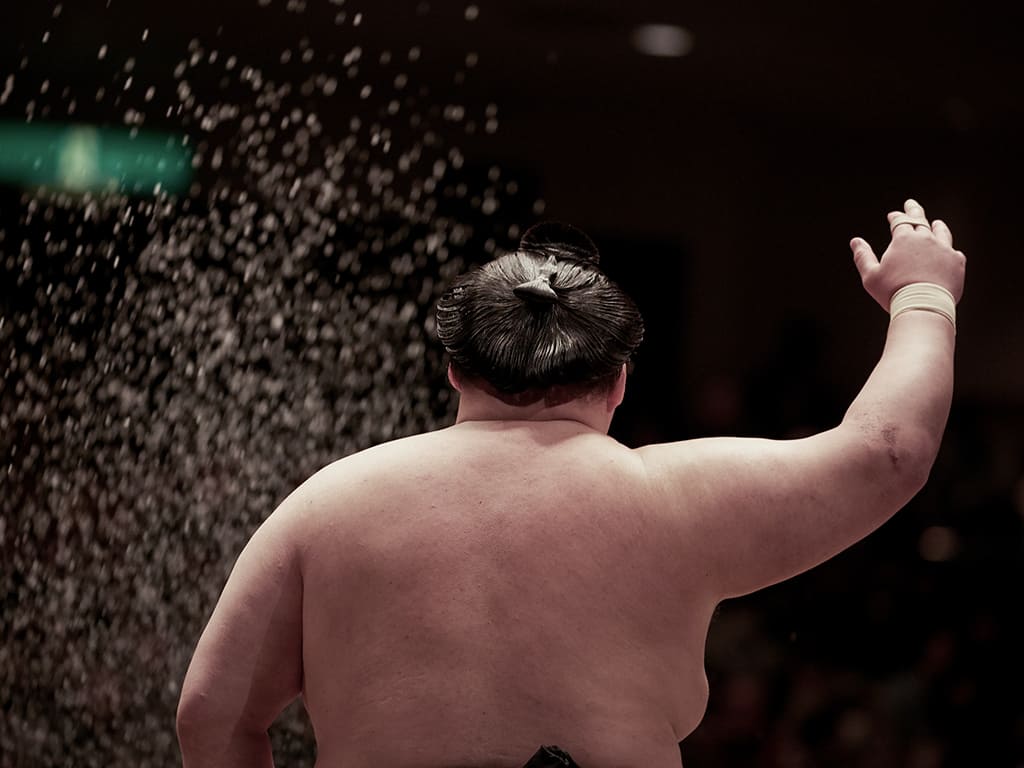
Beyond physical techniques, sumo requires impressive strategy and mental preparation. Each rikishi must study their opponent, understand their strengths and weaknesses, and adapt their fighting style accordingly. Psychology plays as important a role as physical strength.
Continuous Learning
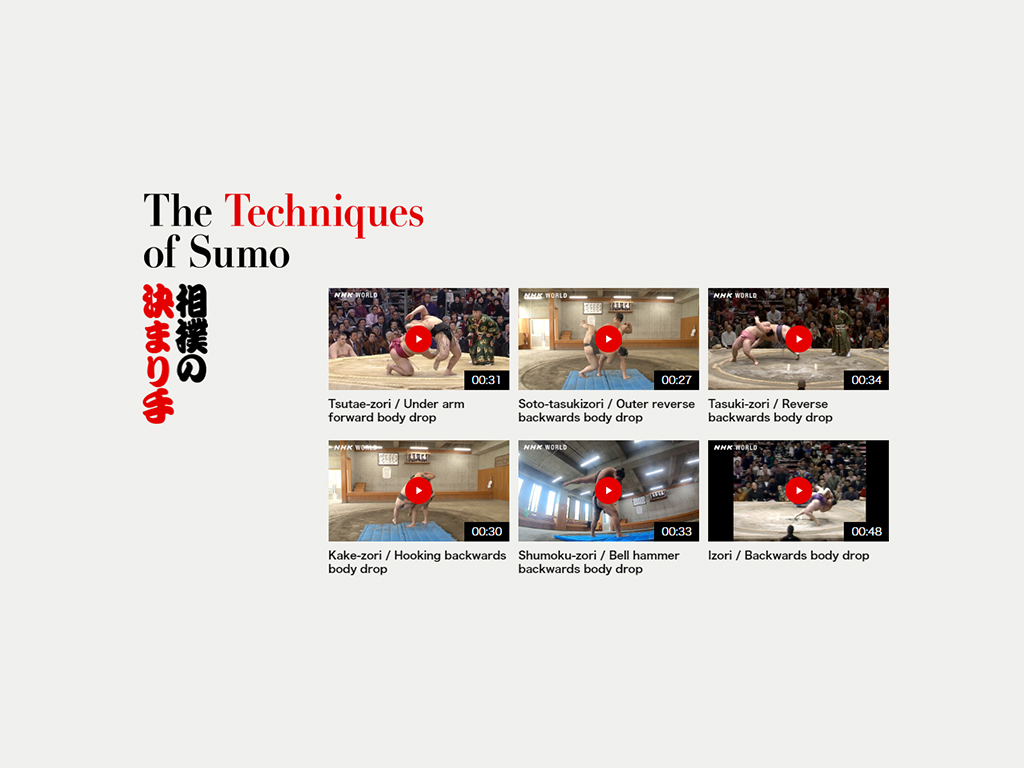
For those interested in delving deeper into this art, I highly recommend visiting the official NHK World site, where you can explore each technique in detail: NHK World – Sumo Techniques. Here you’ll find detailed descriptions and videos illustrating each movement, allowing for a richer understanding of the sport.
Sumo in Contemporary Culture
Today, sumo not only remains alive in Japan but has also gained followers worldwide. Its combination of strength, technique, and tradition continues to attract new fans and practitioners, extending its legacy beyond Japanese borders.
Check our next tours
Fukuoka Grand Sumo Tournament November 2024 with a Sumo Expert Guide


